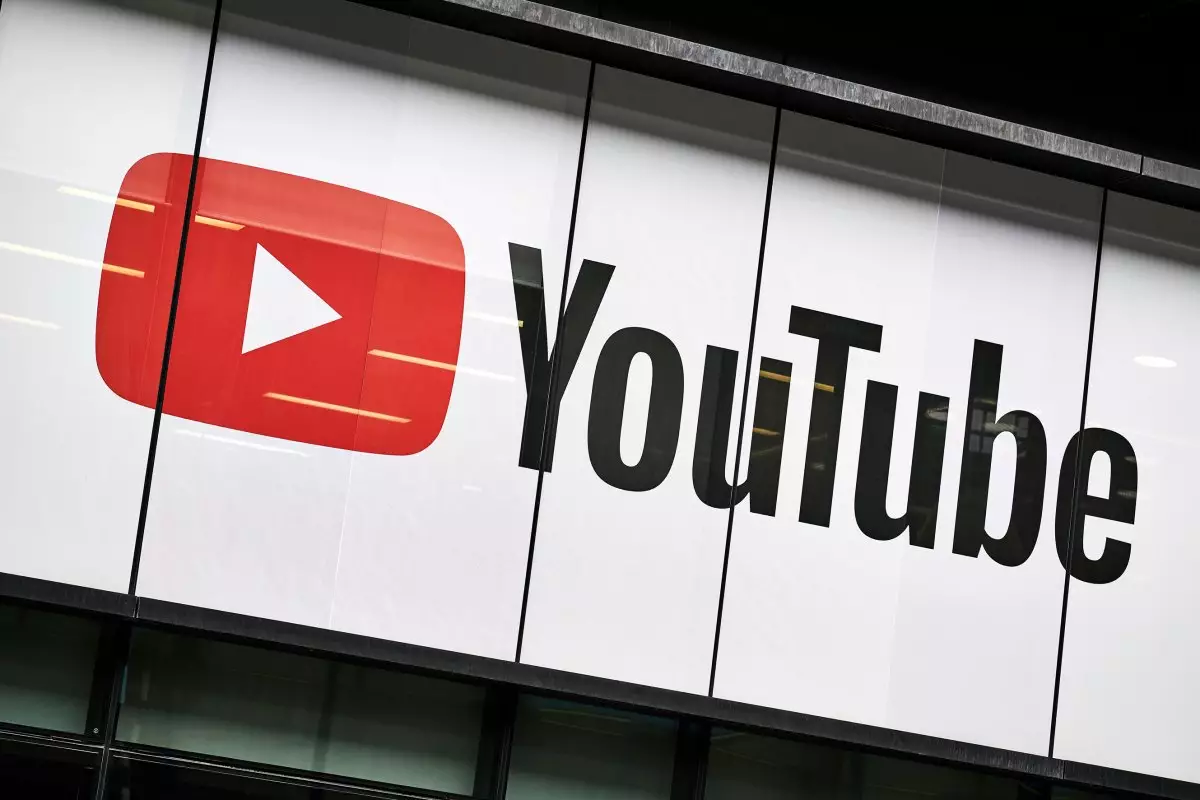In a bold move that signals a fundamental shift in how content is surfaced, YouTube has announced the discontinuation of its traditional Trending page and Trending Now list. Instead, the platform is pivoting towards specialized, category-specific charts—such as Trending Music Videos, Weekly Top Podcasts, and Trending Movie Trailers. This transition is emblematic of a broader evolution in digital content consumption, one that favors nuanced discovery over a one-size-fits-all approach.
This strategic change embodies a recognition that the landscape of viewer interest has become increasingly fragmented. The old model, with its singular trending feed, was rooted in a simpler era—2015—when viral videos and universally popular content dominated the platform. Today, however, fandoms are more niche, micro-trends surface rapidly, and audience preferences are more personalized than ever. By removing the Trending page, YouTube admits it no longer sees value in a monolithic list that tried to capture viral zeitgeist snapshots across all genres and formats at once.
Instead, by focusing on category-driven charts, YouTube aims to offer a more accurate reflection of what different communities are engaging with at any given moment. It’s a strategic acknowledgment that the discovery process should mirror how audiences actually find content—through tailored recommendations, targeted searches, and interest-specific explorations rather than a single trending list. This shift is not just cosmetic but fundamentally redefines how creators gain visibility and how viewers engage with new videos.
The Power of Personalization and Broader Content Discovery
Despite the de-emphasis on the Trending page, YouTube emphasizes that personalized recommendations will continue to play a central role in content discovery. This nuanced approach allows viewers to receive tailored suggestions based on their watching habits, interests, and subscriptions. The platform’s move to categorize trending content aligns with the reality that individual taste drives engagement more than ever before.
Nevertheless, this creates an interesting paradox: while personalized feeds get more prominence, the curated categories serve as a communal window into what’s capturing attention in different segments. For instance, a music enthusiast might now gravitate to Trending Music Videos, while a movie buff will check out Trending Movie Trailers, instead of looking for a single trending feed that blends everything.
This layered model arguably encourages a healthier ecosystem where creators can build audiences within specific niches without being overshadowed by massive viral hits that dominate the old Trending page. Moreover, viewers benefit from discovering trending content that aligns more precisely with their interests, making the platform more relevant and less homogenized.
The Implications for Creators and the Platform’s Future
For content creators, this shift could be double-edged. On one hand, the traditional Trending page often served as a launching pad for rapid visibility and virality. Its removal could initially feel like a loss of a major promotional tool. On the other hand, YouTube claims to bolster emerging creators through features like the “Hype” tool, which amplifies fresh videos that resonate with niche audiences. These tools aim to democratize visibility, allowing creators to find their audiences rather than rely solely on chance viral success.
Furthermore, YouTube’s commitment to highlighting “Creators on the Rise” hints at a strategic emphasis on nurturing new talent. The platform seems to be pivoting towards a more curated system that promotes growth organically within categories, rather than relying on a centralized trending spot that favors established creators or viral content. This could foster a more sustainable and diverse creator ecosystem, where smaller channels can stand out based on genuine relevance rather than fleeting trends.
From a broader perspective, this change signals the platform’s recognition that content discovery is no longer a single pathway but a complex web of interactions—search, comments, subscriptions, personalized feeds, and category-specific charts. It hints at a future where algorithms and curation work hand-in-hand to serve a richer, more tailored content experience.
The move away from a universal trending list might seem like a step back in terms of spectacle, but it arguably represents a smarter, more mature approach to fostering engagement, diversity, and growth. By aligning the platform’s features with how audiences already consume and discover videos, YouTube positions itself as more adaptive and user-centric than ever before.

